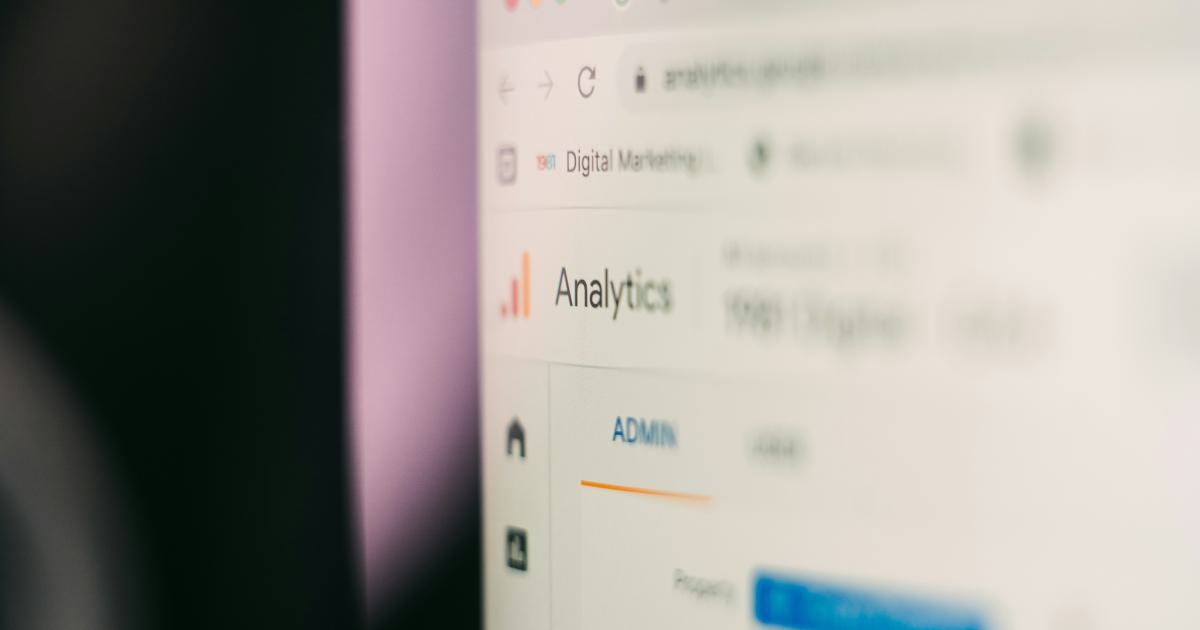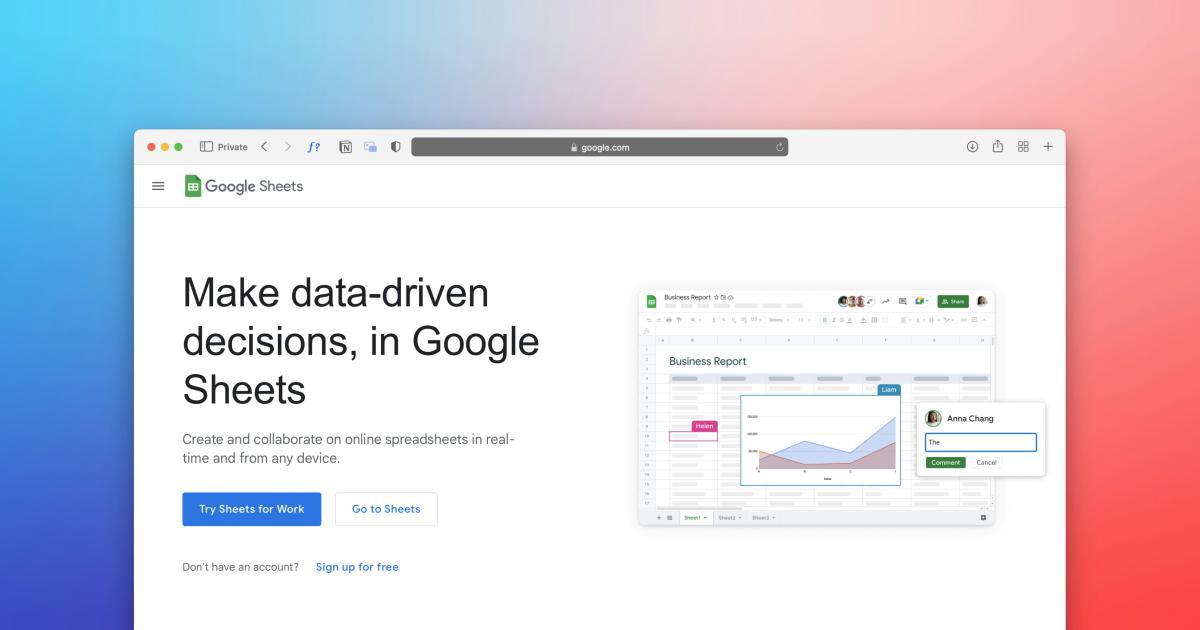Mastering Goal Tracking and Funnel Visualization in Google Analytics


Google Analytics is a powerful tool that provides invaluable insights into your website's performance and user behavior. Two critical aspects of Google Analytics are goal tracking and funnel visualization, which allow you to measure the success of your marketing efforts and optimize your conversion paths. In this comprehensive article, we'll explore the ins and outs of mastering these features to drive growth and make data-driven decisions for your business.
Understanding Goal Tracking in Google Analytics
Goal tracking is the cornerstone of effective performance measurement in Google Analytics. By defining and tracking specific user actions, you can gain a clear understanding of how your website and marketing strategies are performing. Let's dive into the key components of goal tracking and how to implement it effectively.
Defining Meaningful Goals
The first step in goal tracking is to identify the actions you want your users to take on your website. These could be anything from making a purchase, signing up for a newsletter, or completing a contact form. The key is to select goals that align with your business objectives and provide valuable insights.
When defining your goals, consider the following:
- Conversion Metrics: What are the critical metrics that indicate a successful user interaction with your website? These could include revenue, leads generated, or downloads.
- User Behavior: What actions do you want your users to take? This could be something like completing a checkout process, watching a product video, or submitting a contact form.
- Funnel Optimization: What are the key steps in your customer journey that you want to monitor and optimize? Understanding the conversion rates at each stage of your funnel can help you identify and address bottlenecks.
Setting Up Goal Configurations
Once you've identified your desired goals, it's time to set them up in Google Analytics. The platform offers several goal types, including destination goals, duration goals, pages/screens per session goals, and event goals. Choose the goal type that best fits your specific needs.
When configuring your goals, consider the following:
- Goal Description: Provide a clear and concise description of the goal to help you and your team understand its purpose.
- Goal Value: Assign a monetary value to the goal, if applicable, to track its impact on your overall revenue and return on investment (ROI).
- Goal Funnel: Define the steps in your conversion funnel to gain insights into user behavior and identify potential drop-off points.
Properly configuring your goals is crucial for accurate data tracking and meaningful insights.
Analyzing Goal Performance
After setting up your goals, you can start analyzing the performance data within Google Analytics. The platform provides a wealth of information, including goal completion rates, goal value, and goal abandonment points.
To effectively analyze your goal performance, consider the following:
- Conversion Rates: Track the percentage of users who complete your defined goals, and identify areas for improvement.
- Goal Funnel Visualization: Understand the user journey through your conversion funnel and identify where users are dropping off.
- Goal Value: Assign monetary values to your goals to understand their impact on your overall revenue and ROI.
- Segmentation: Analyze goal performance across different user segments, such as device type, traffic source, or user demographics, to uncover insights and optimize your strategies.
By regularly reviewing your goal performance data, you can make informed decisions to enhance user experience, improve conversion rates, and drive business growth.
Mastering Funnel Visualization in Google Analytics
Funnel visualization is a powerful feature in Google Analytics that allows you to visualize and analyze the steps users take in your conversion process. By understanding the user journey, you can identify bottlenecks, optimize your conversion paths, and maximize your marketing efforts.
Defining Your Conversion Funnel
The first step in funnel visualization is to define the key steps in your conversion process. This could include pages like the homepage, product page, shopping cart, and checkout page. Consider the user journey from initial awareness to final conversion, and identify the critical touchpoints along the way.
When defining your conversion funnel, keep the following in mind:
- Funnel Stages: Identify the specific pages or actions that represent each stage of your conversion process.
- Funnel Directionality: Ensure the funnel steps are in the correct order, reflecting the typical user journey.
- Funnel Flexibility: Be prepared to adjust your funnel as your business and user behavior evolve over time.

Setting Up Funnel Visualization
Once you've defined your conversion funnel, it's time to set it up in Google Analytics. Navigate to the "Conversions" section, select "Goals," and then choose "Funnel Visualization" to access the necessary settings.
When configuring your funnel visualization, consider the following:
- Goal Selection: Choose the goal you want to analyze, which should align with the conversion process you've defined.
- Funnel Steps: Specify the pages or actions that represent each stage of your conversion funnel.
- Step Labels: Provide clear and descriptive labels for each step to help you and your team understand the funnel.
- Step Directionality: Ensure the funnel steps are in the correct order, reflecting the typical user journey.
Proper setup of your funnel visualization is crucial for accurate data analysis and meaningful insights.
Analyzing Funnel Performance
With your funnel visualization in place, you can start analyzing user behavior and identifying areas for improvement. Google Analytics provides a wealth of data and visualizations to help you understand your conversion funnel.
When analyzing your funnel performance, consider the following:
- Conversion Rates: Examine the percentage of users who progress through each stage of your funnel, and identify any significant drop-off points.
- Funnel Visualization: Utilize the interactive funnel visualization to gain a visual understanding of the user journey and identify optimization opportunities.
- Segmentation: Analyze funnel performance across different user segments, such as device type, traffic source, or user demographics, to uncover insights and tailor your strategies.
- Funnel Optimization: Use the insights gained from your funnel analysis to make data-driven decisions and optimize your conversion paths.
By regularly reviewing and optimizing your conversion funnel, you can improve user experience, increase conversion rates, and drive business growth.
Integrating Goal Tracking and Funnel Visualization
To unlock the full potential of Google Analytics, it's crucial to integrate your goal tracking and funnel visualization efforts. By aligning these two powerful features, you can gain a comprehensive understanding of your user behavior and make informed decisions to enhance your marketing strategies.
Connecting Goals and Funnels
When setting up your goal tracking and funnel visualization, ensure that the two are closely linked. By associating your defined goals with the corresponding steps in your conversion funnel, you can gain a deeper understanding of the user journey and the impact of each stage on your overall conversion rates.
Here's how you can connect your goals and funnels in Google Analytics:
Define Goals: Identify the key actions you want users to take on your website, and set up the corresponding goals in Google Analytics.
Create Funnels: Define the steps in your conversion process and set up the funnel visualization in Google Analytics.
Link Goals and Funnels: Associate the goals you've defined with the relevant steps in your conversion funnel.
By connecting your goals and funnels, you can unlock a wealth of insights, such as the percentage of users who complete each step in your funnel, the value of each goal, and the drop-off points in your conversion process.

Leveraging Insights for Optimization
With your goal tracking and funnel visualization integrated, you can leverage the insights gained to optimize your website and marketing strategies. This can include identifying and addressing bottlenecks in your conversion funnel, testing different page layouts or call-to-action placements, and tailoring your marketing efforts to specific user segments.
Consider the following strategies for leveraging your integrated goal and funnel insights:
- Funnel Optimization: Identify the steps in your conversion funnel with the highest drop-off rates and implement changes to improve user experience and increase conversion rates.
- Content Optimization: Analyze the content and messaging on the pages within your conversion funnel, and make adjustments to better engage and guide users towards conversion.
- Targeted Marketing: Use the insights gained from your segmented funnel analysis to create personalized marketing campaigns and experiences for different user groups.
- Continuous Improvement: Regularly review and update your goal tracking and funnel visualization to keep pace with evolving user behavior and business needs.
By integrating and leveraging your goal tracking and funnel visualization data, you can make data-driven decisions, continuously improve your user experience, and drive sustainable growth for your business.
Conclusion
Mastering goal tracking and funnel visualization in Google Analytics is a powerful way to measure the success of your marketing efforts and optimize your conversion paths. By defining meaningful goals, setting up effective funnel visualizations, and integrating these two features, you can gain a comprehensive understanding of your user behavior and make informed decisions to drive business growth.
Remember, the key to success lies in continuously reviewing your data, identifying areas for improvement, and implementing data-driven changes to your website and marketing strategies. With a deep understanding of your users' journey and the ability to track their actions, you can unlock new opportunities for growth and stay ahead of the competition.